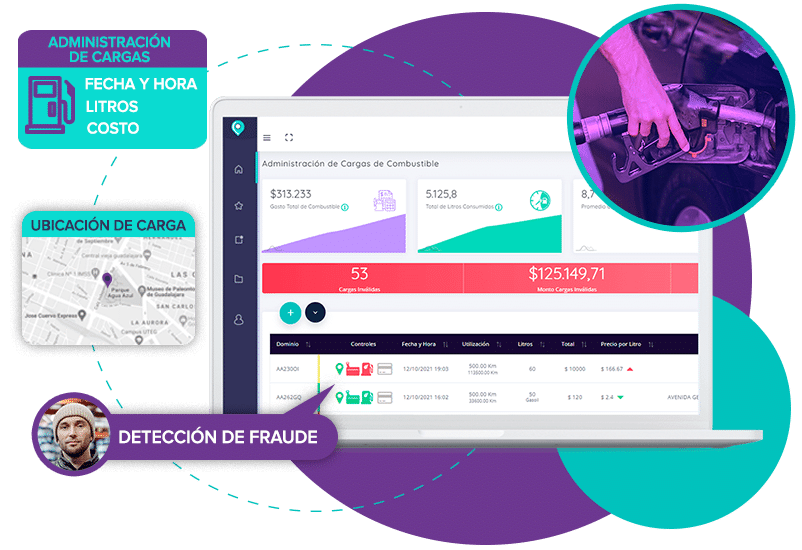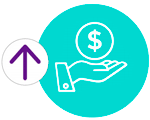VEC Fleet integrates with gas-station fuel card systems. This lets you maximize the value of your fleet data, record fuel purchases, track expenses, automatically detect anomalies and fraud, and measure fuel efficiency per vehicle.
HomeFleet Fuel Management Software

MAINTENANCE
Fleet Fuel Management
Fraud Detection
Receive alerts about potential fuel fraud and anomalies when the liters pumped exceed the tank’s capacity, when the vehicle was not at the gas station at the time of the transaction, or when fuel efficiency (km/L) falls below expected thresholds.
Simplified management
Access detailed transaction information (liters pumped, amount, fuel type, fueling station, etc.) automatically, with no manual data entry required.
Reports and dashboards
Access detailed fuel usage reports for all your fleet vehicles, segmented by cost center, operating site/depot, make, model, driver, and more.
Centralized information
Integrate multiple fuel cards into the platform. This way, you can download complete, up-to-date reports with just a couple of clicks and avoid logging into the separate systems each card requires.

AUTOMATED PROCESSES

COST SAVINGS

FLEET PRODUCTIVITY

DETAILED AND REAL-TIME REPORTS
Trusted by leading companies







Preguntas frecuentes
The system triggers alerts when the liters pumped exceed the tank’s capacity, when the vehicle was not at the station at the time of the transaction, or when fuel efficiency falls below expected levels.
Yes. VEC Fleet allows you to connect multiple fuel-card providers, centralizing all information and avoiding manual entry across separate portals.
The system automatically stores liters pumped, amount, fuel type, station, and date & time—no manual entry required.
Yes. The platform lets you filter and export reports by cost center, vehicle, operating site/depot, driver, make/model, or any other relevant criteria.
The system cross-references fueling records with usage data (GPS, fuel card, odometer) to detect deviations from expected consumption and compute the actual efficiency (km/L or L/100 km).
It helps reduce deviations, optimize consumption, and detect anomalies that can lead to financial losses—improving your fleet’s financial control.
It eliminates manual data entry, improves reporting accuracy, and streamlines accounting control from a single centralized dashboard.
